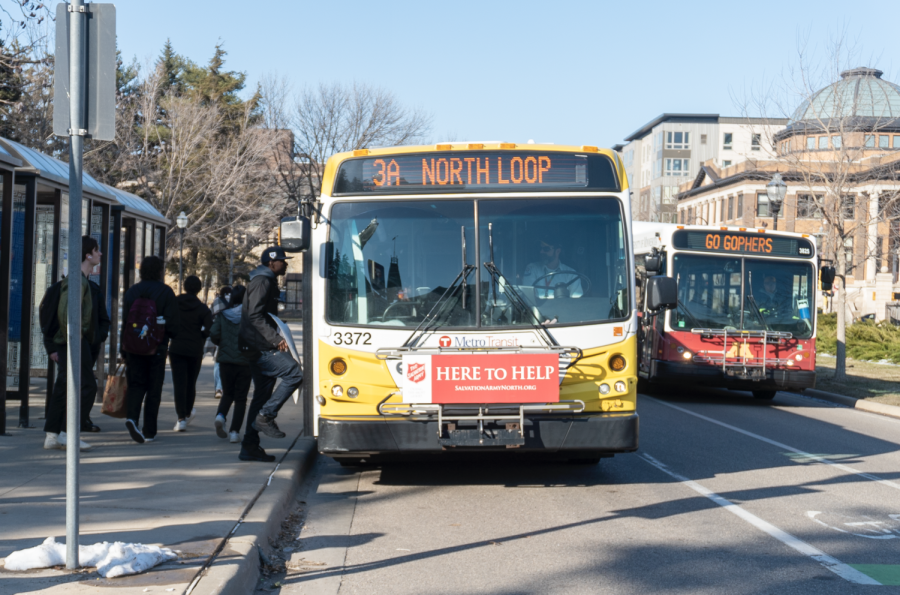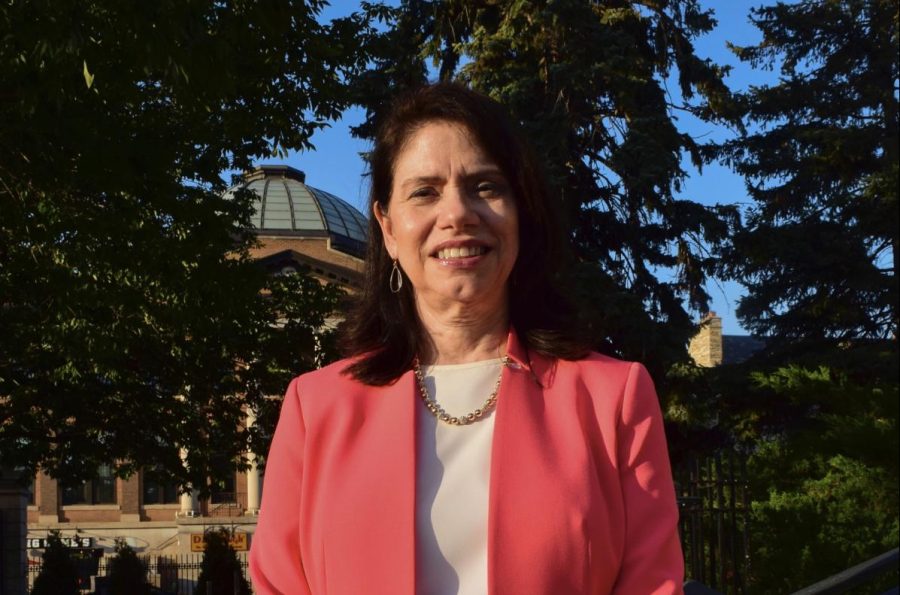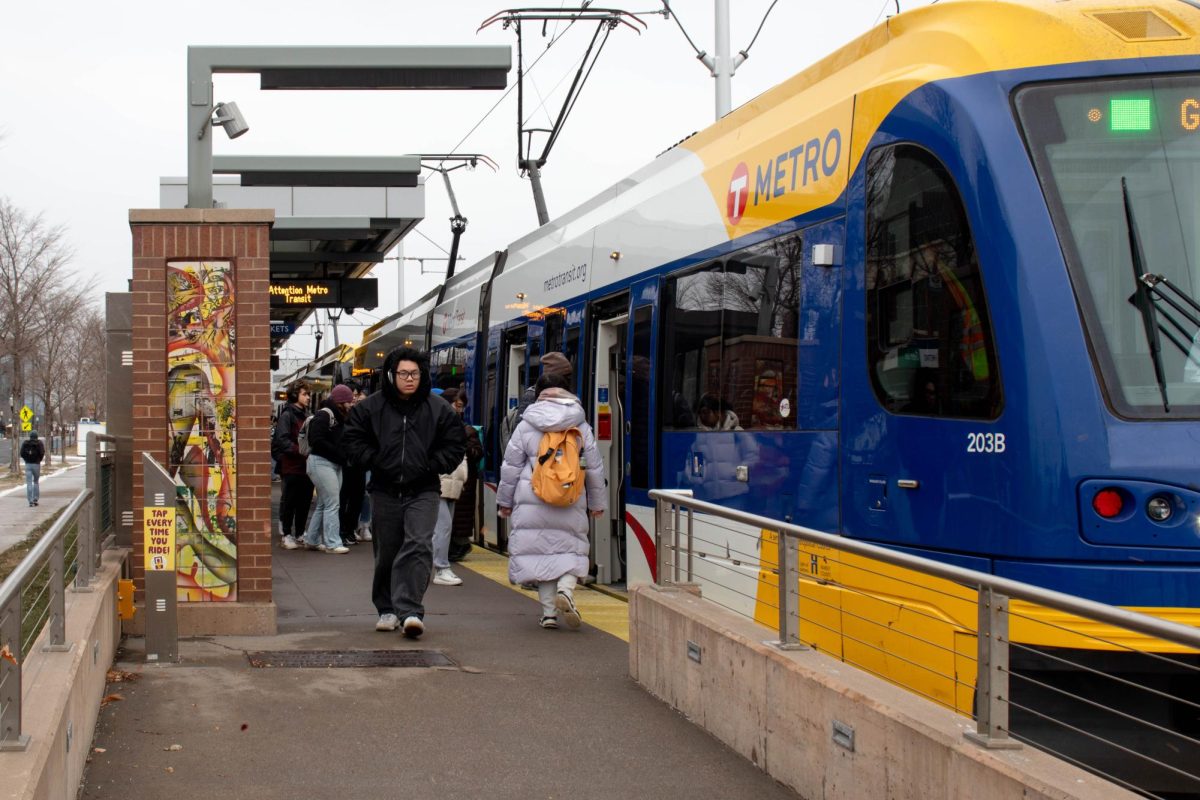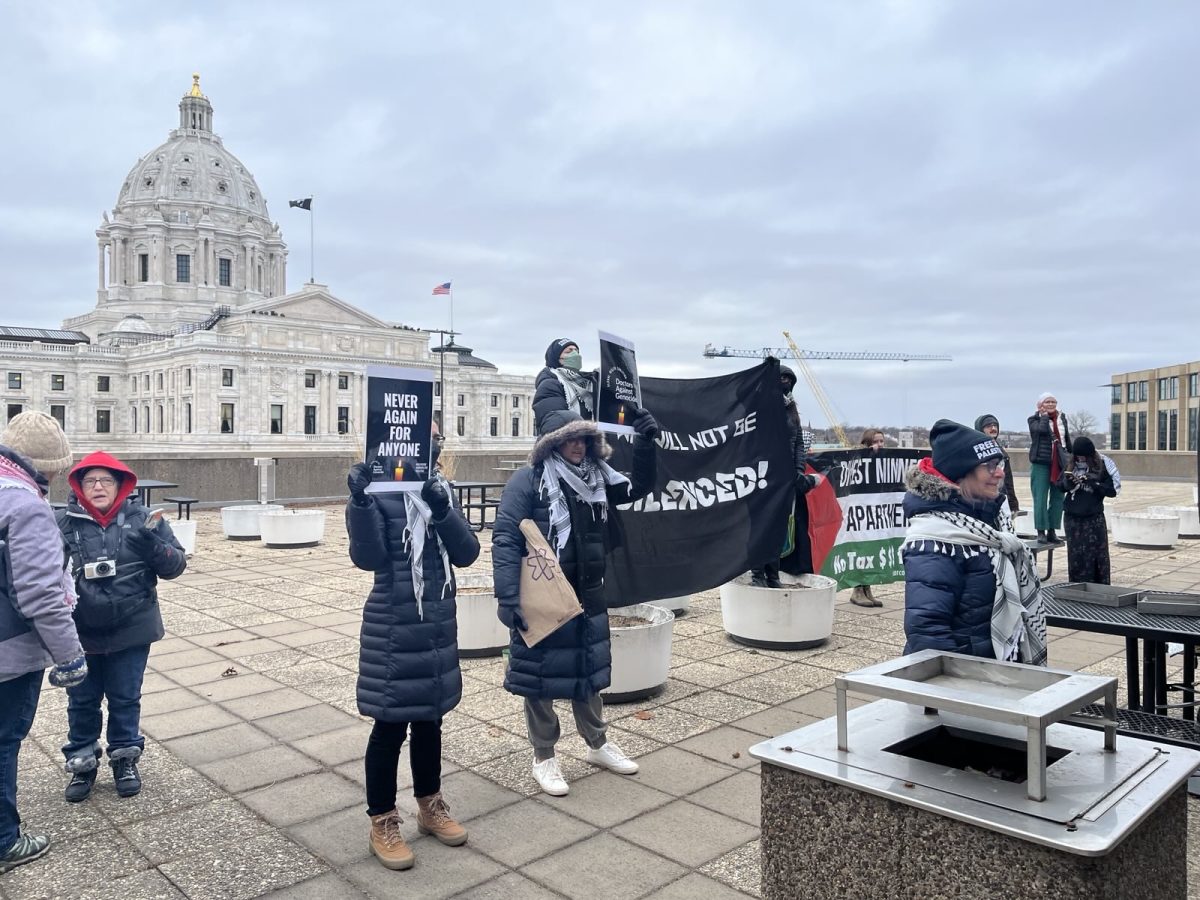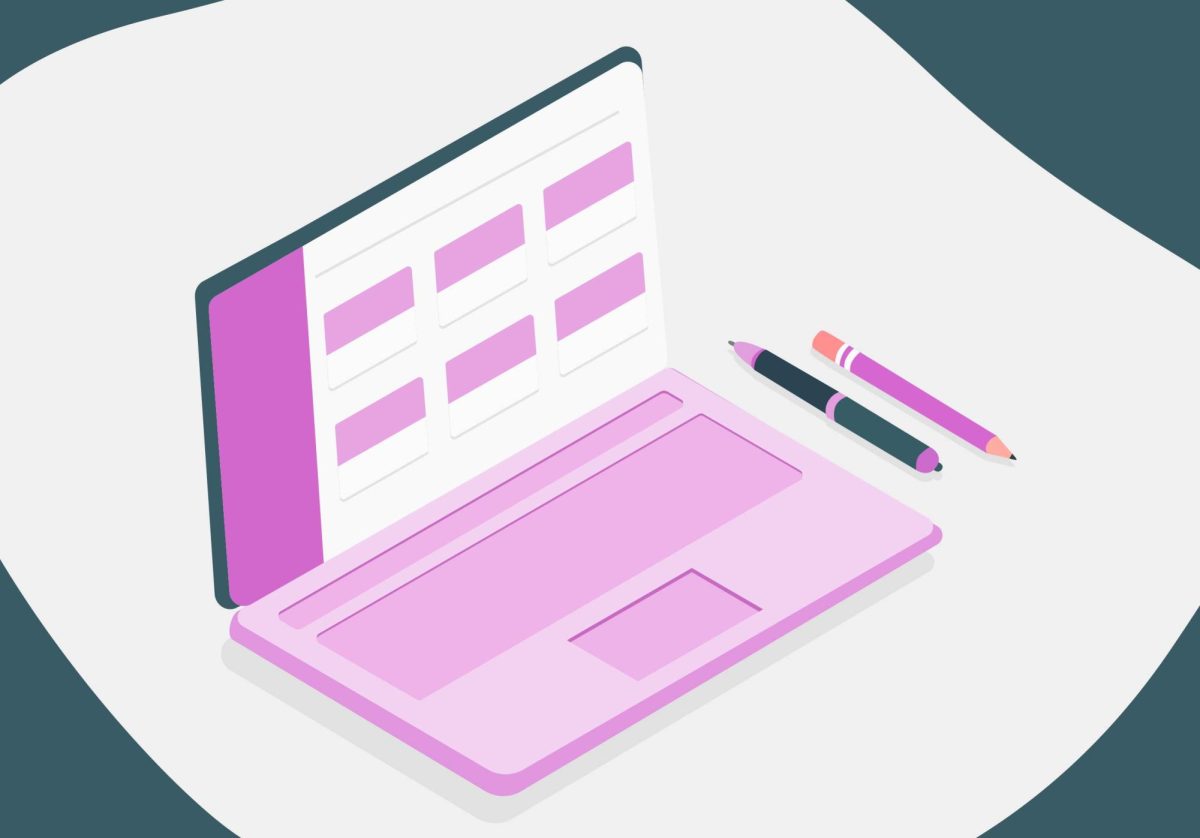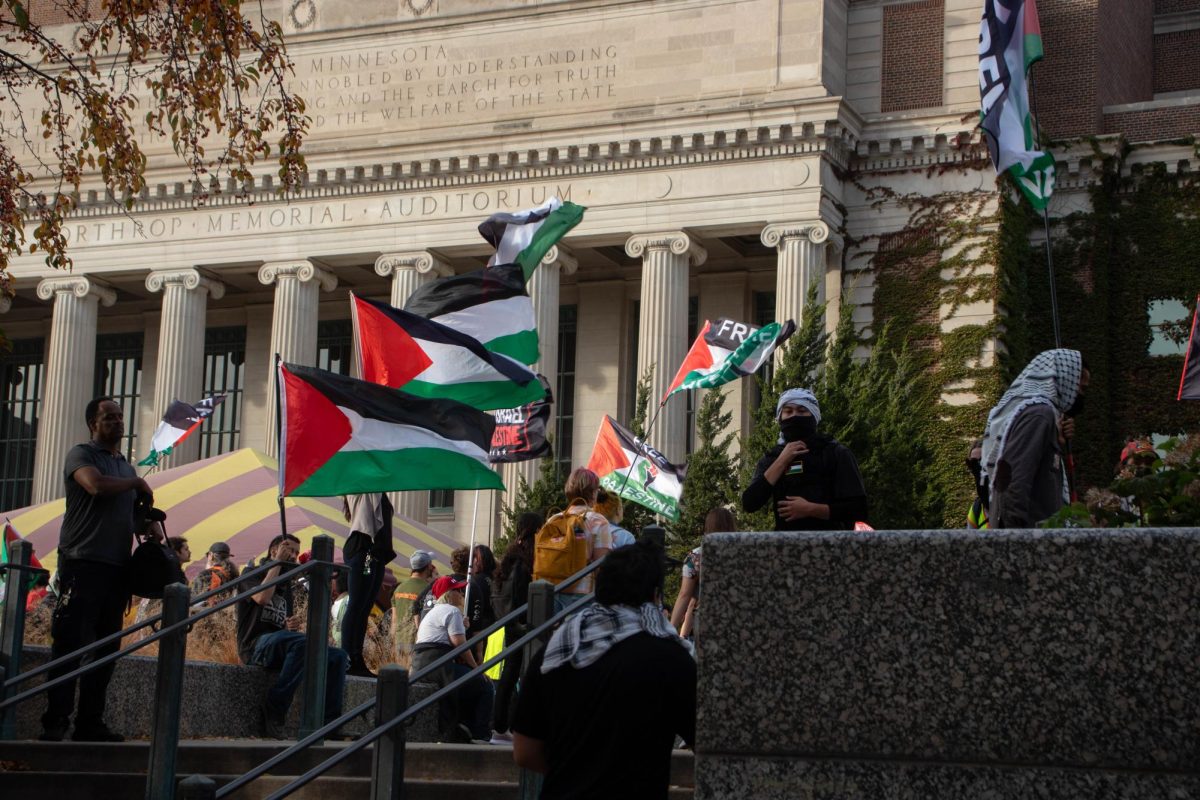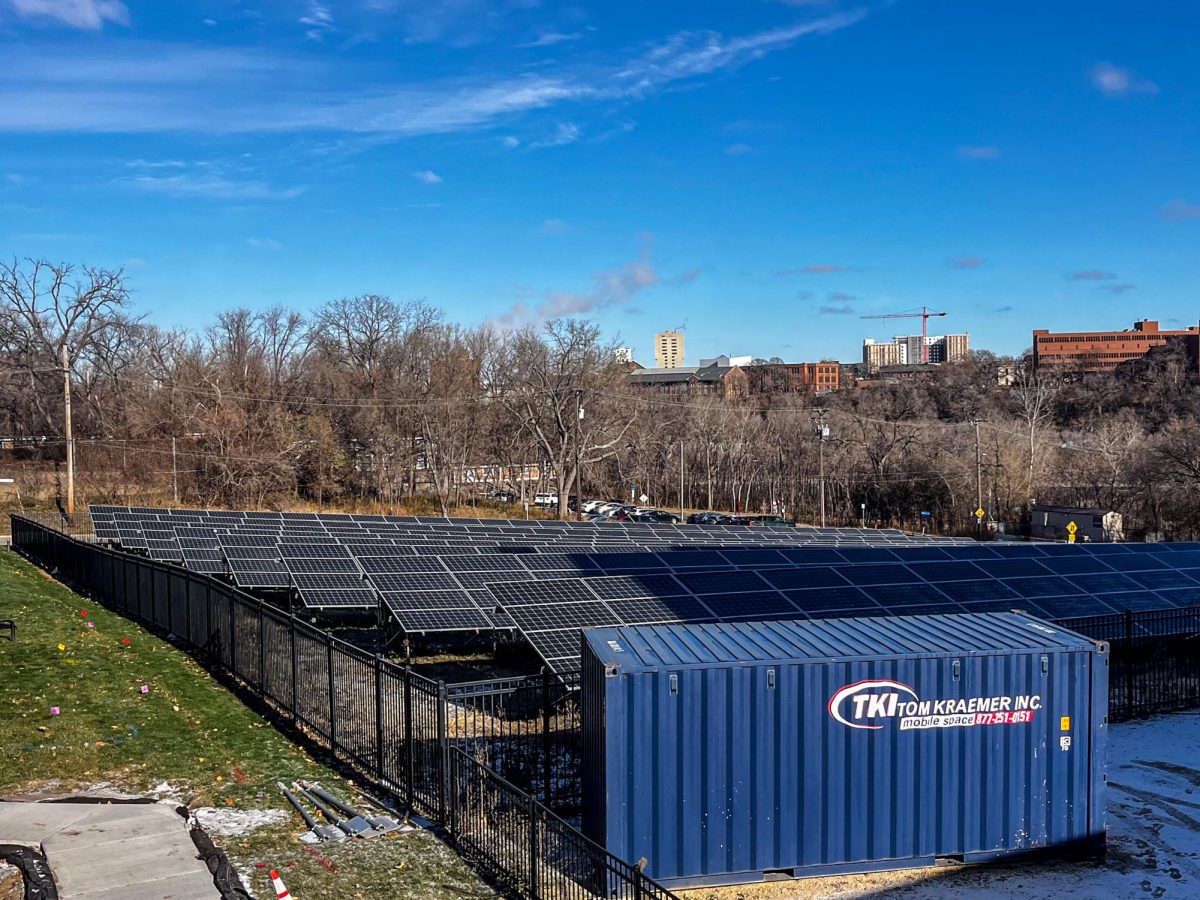The COVID-19 pandemic caused Twin Cities public transit ridership to drastically decline and now, three years later, those numbers still have not returned to pre-pandemic levels.
However, many University of Minnesota students still use public transportation, especially after the passage of the Universal Transit Pass (UTP) last fall.
Yingling Fan, a professor and researcher at the University’s Humphrey School of Public Affairs, conducted research regarding public transportation usage and found national public transportation usage is at 70% of what it was pre-pandemic. In the Twin Cities, public transit usage is around 50% of pre-pandemic levels.
Metro Transit, which operates Twin Cities buses and the light rail, recorded an average of 231,534 rides on a weekday in January 2020, according to performance data. In January 2023, Metro Transit provided an average of 119,724 rides on a weekday.
Some researchers worried the pandemic would cause riders to associate public transportation with illness and make it a less desirable way to travel, Fan said.
According to Fan, ridership numbers should resemble what they were pre-pandemic if riders’ main issue was fear of illness.
“Right now [most] people are not wearing masks, they don’t require public space and surfaces to be cleaned, so I think right now the issue is not really about COVID safety,” Fan said.
Fan said she thinks fear of violence, rather than fear of illness, is a driving factor to why ridership is down. Additionally, she said a bus driver shortage forced Metro Transit to reduce operations, likely preventing a rider rebound.
UMN students and the Universal Transit Pass
Although public transportation ridership across the Twin Cities is down, student usage may have increased.
In 2022, the Board of Regents approved the UTP for undergraduate and graduate students. The UTP grants unlimited, free access to the Metro Transit light rail and bus system for students who pay the transportation and safety fee.
To activate the UTP, students had to tap their U Cards at a Metro Transit light rail station or at stations in Coffman Union or the St. Paul Student Center.
According to Lonetta Hanson, administrative services director and chief of staff in Parking and Transportation Services, more than 22,000 students activated their UTP. This is about double the number of U-pass users, a public transportation pass offered for an extra cost before the UTP passed, in fall 2021.
First-year student Leah Johnson said if the UTP was not in place, she would not use public transportation often. The UTP allows her to use public transportation as frequently as she needs.
Using the light rail is “really beneficial to go to your classes, especially on West Bank, when it’s cold out,” Johnson said.
Second-year student Maxwell Bryson also said he would limit his public transportation if the UTP was not in place.
Bryson said he uses public transportation to get “almost everywhere” including classes, work and groceries.
While Bryson is in support of the UTP, he wishes it covered the Northstar Line. The Northstar Line extends north of the Twin Cities and has stops in Fridley, Coon Rapids-Riverdale, Anoka, Ramsey, Elk River and Big Lake.
Bryson said the U-pass, which preceded the UTP, covered the Northstar, which allowed him to visit that area, where he’s from, for free. The UTP covers about $3 of the Northstar fare, which varies based on day and distance covered.
Neither Bryson nor Johnson said they were concerned about getting ill or catching COVID-19 from public transportation.


